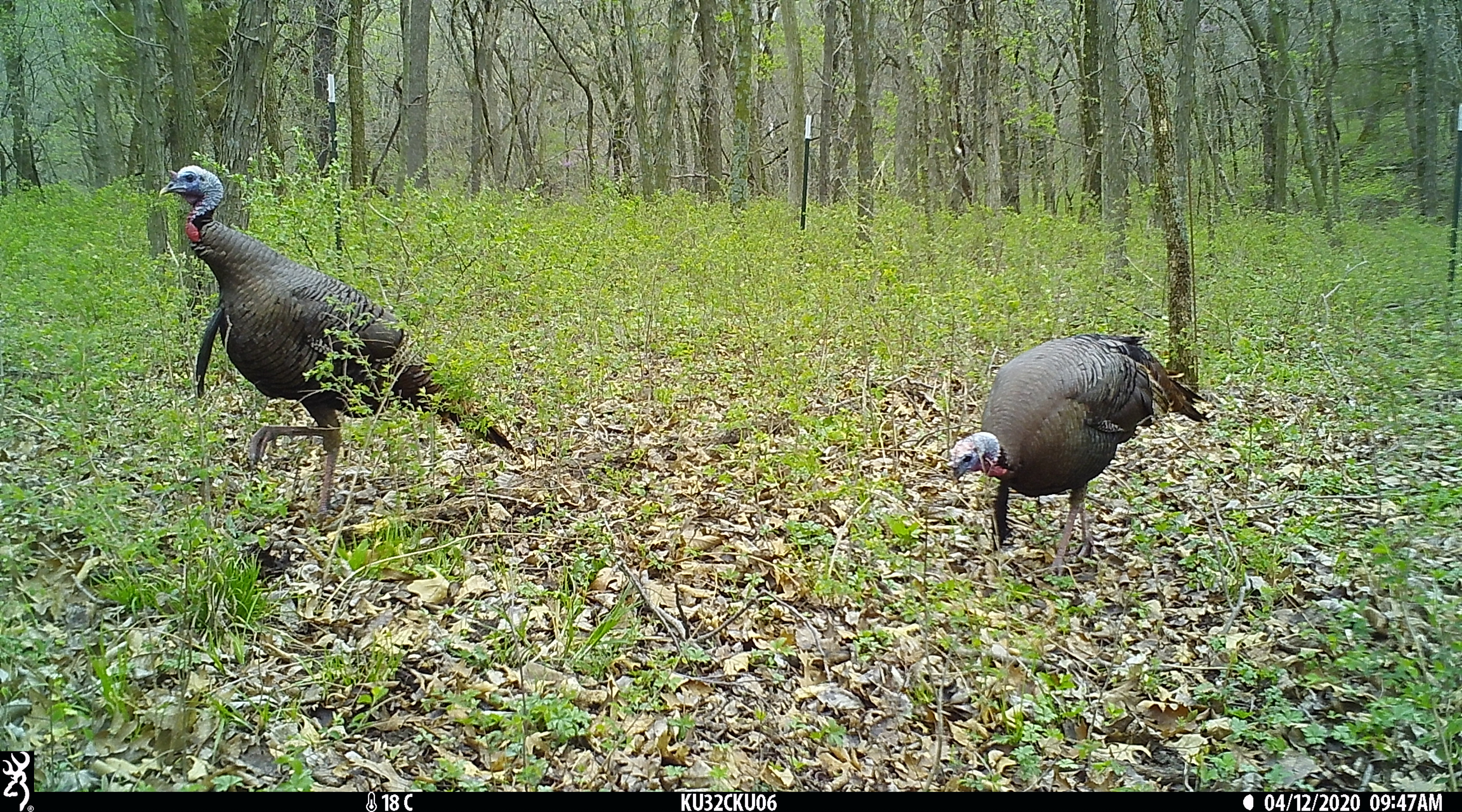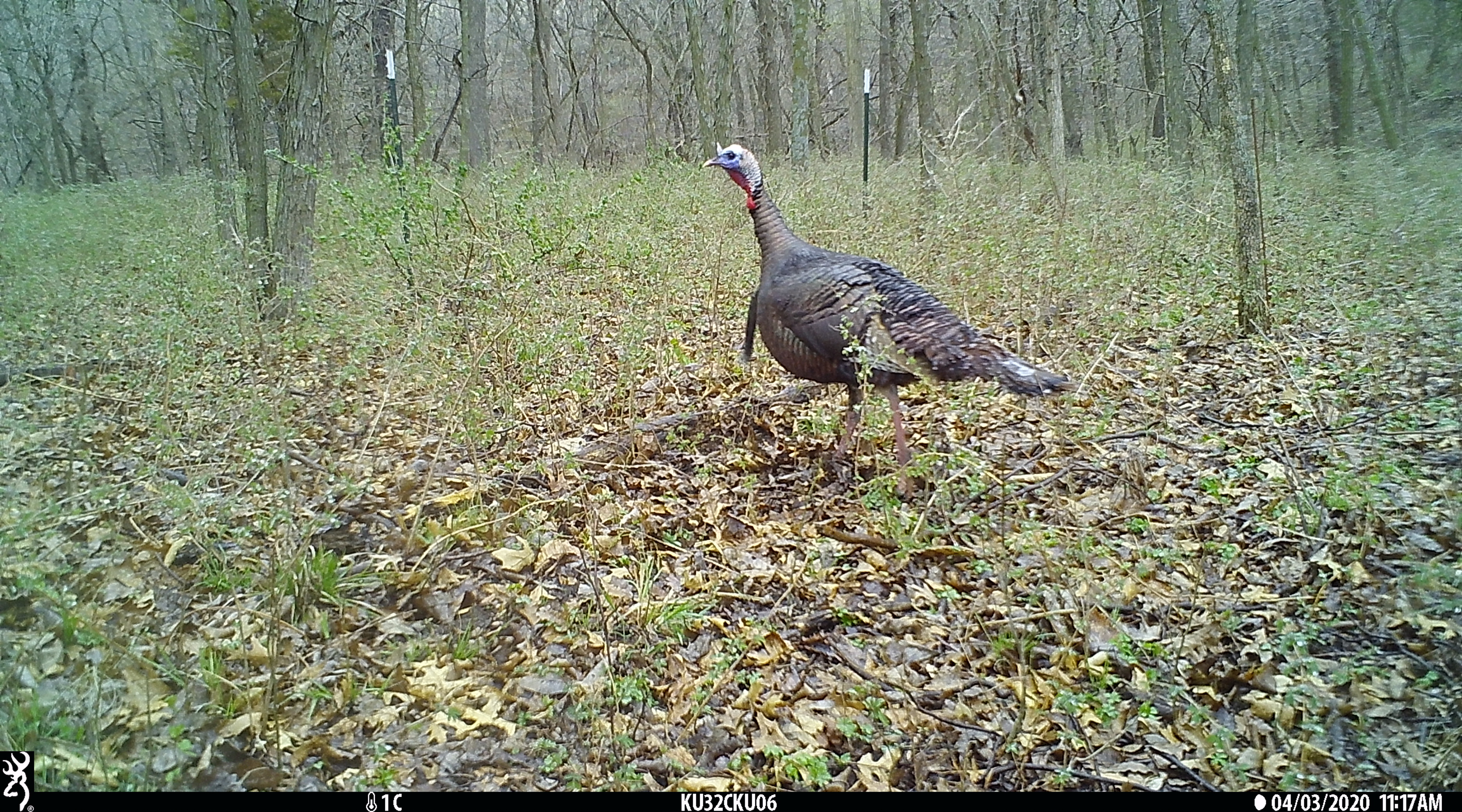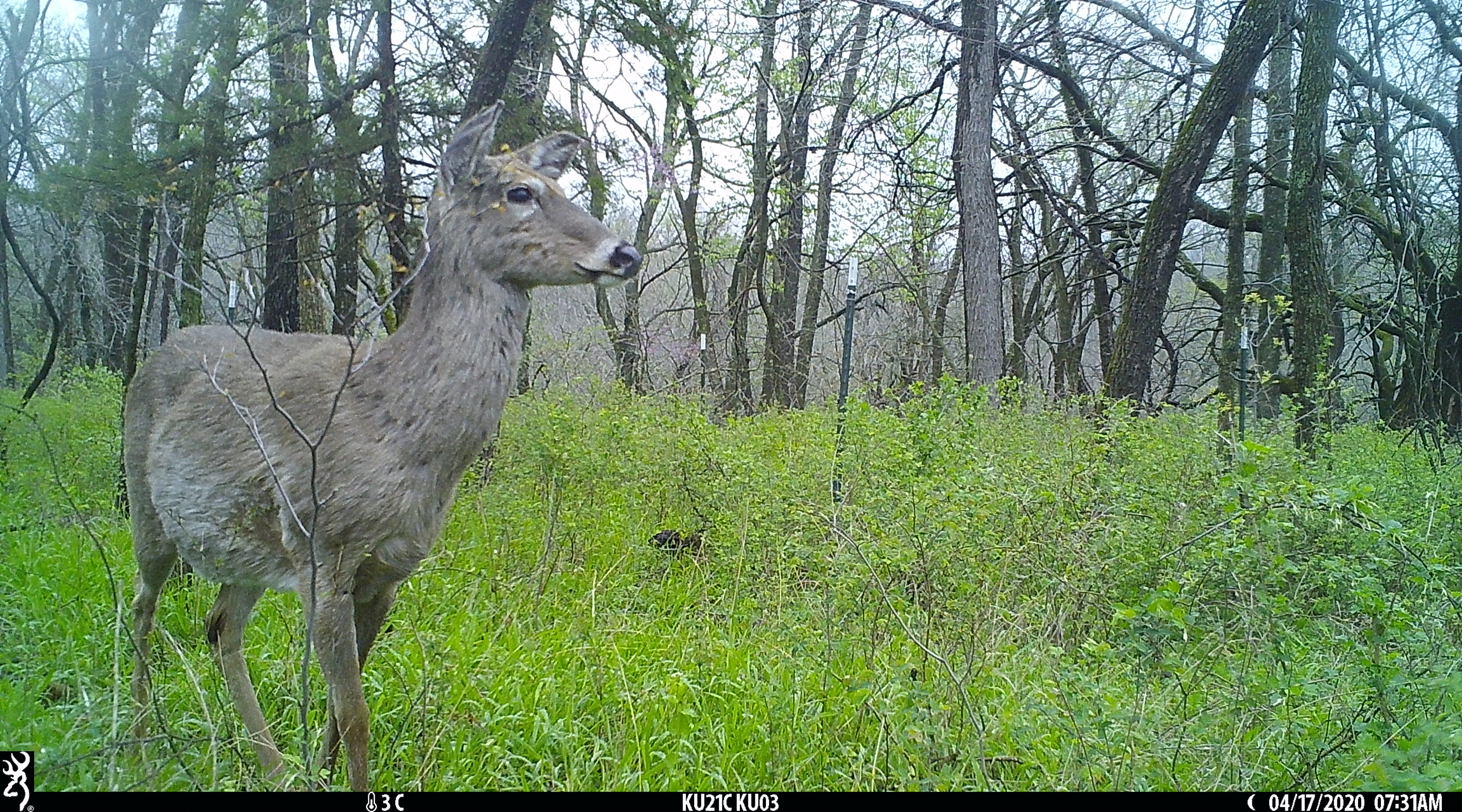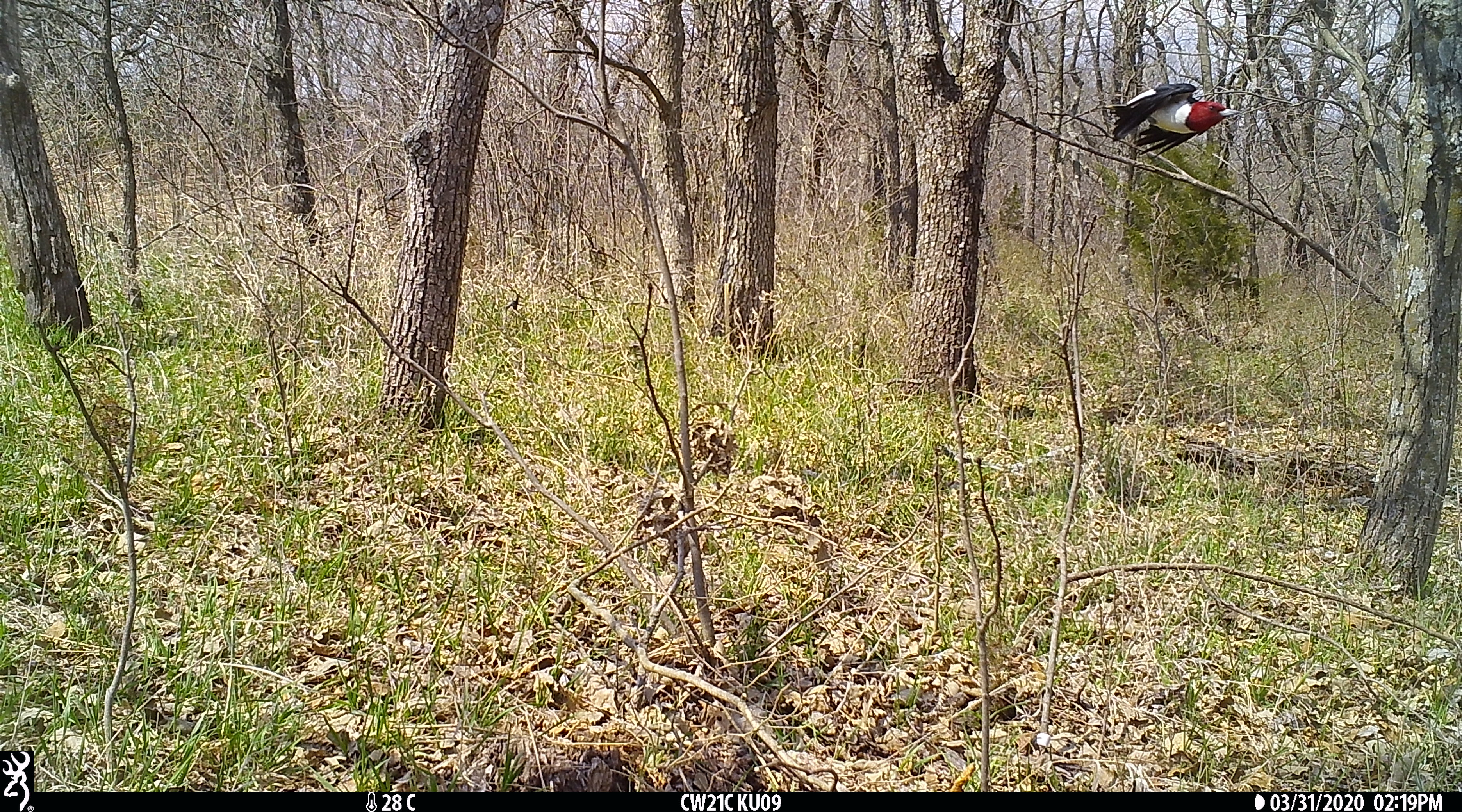University of Kansas Field Station Wildlife Research and Monitoring Project
Home page for camera trap projects conducted by University of Kansas and Kansas Biological Survey faculty, staff, and students at the University of Kansas Field Station (KUFS) and other sites in northeastern Kansas. KUFS is the biological field station of the University of Kansas, established in 1947 to foster scholarly research, environmental education and science-based stewardship of natural resources.
KUFS is situated within the tallgrass prairie/deciduous forest ecotone of North America. It consists of 11 units located in Douglas, Jefferson, and Anderson counties (1585 ha total area), that include a mosaic of forest and grassland habitats. Some of the KUFS grasslands are original tallgrass prairie. Others were plowed in the early 20th century, then taken out of agricultural production when they were incorporated into KUFS. Some of the plowed fields were re-seeded to native grass and forb species, while others are dominated by introduced cool-season grasses. All of the grasslands are maintained by fire or mowing. Some of the KUFS woodlands were forest when European-Americans first arrived; others are successional forest that has developed after the areas were incorporated into the field station and agricultural use ended. There are hiking trails open to the public in part of the field station, but most of the area is restricted for research and educational use.
KUFS is situated within the tallgrass prairie/deciduous forest ecotone of North America. It consists of 11 units located in Douglas, Jefferson, and Anderson counties (1585 ha total area), that include a mosaic of forest and grassland habitats. Some of the KUFS grasslands are original tallgrass prairie. Others were plowed in the early 20th century, then taken out of agricultural production when they were incorporated into KUFS. Some of the plowed fields were re-seeded to native grass and forb species, while others are dominated by introduced cool-season grasses. All of the grasslands are maintained by fire or mowing. Some of the KUFS woodlands were forest when European-Americans first arrived; others are successional forest that has developed after the areas were incorporated into the field station and agricultural use ended. There are hiking trails open to the public in part of the field station, but most of the area is restricted for research and educational use.






